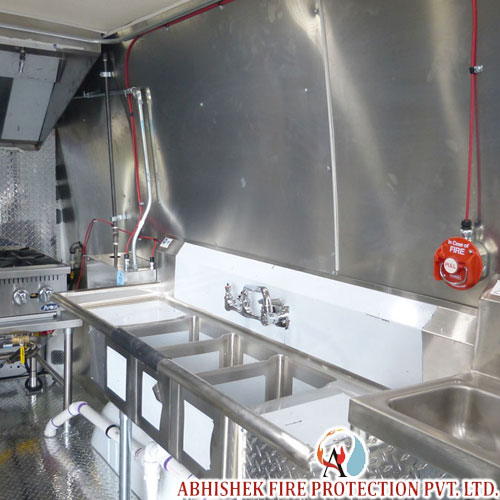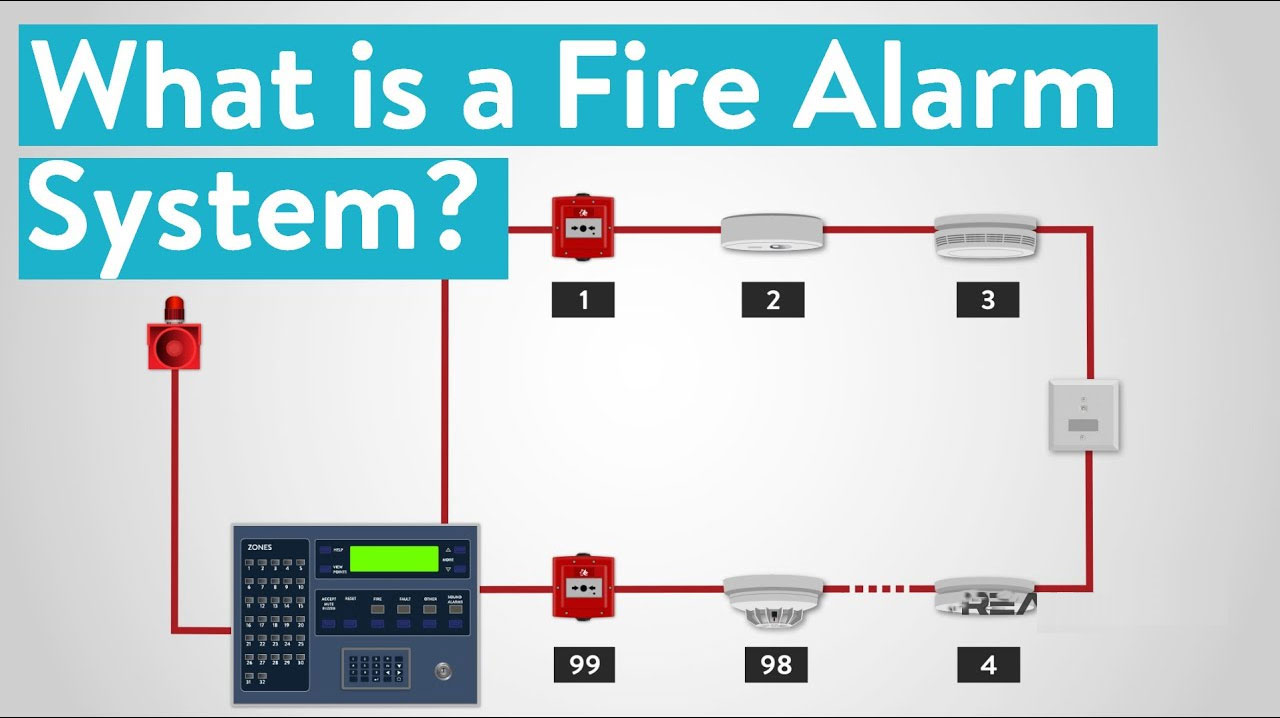Food Truck Fire Suppression System Cost & Pricing Guide
If you’re running a food truck business, you know that safety isn’t just a priority—it’s the foundation of your entire operation. A crucial part of that safety is a reliable food truck fire suppression system. Understanding the cost and pricing isn’t about finding the cheapest option; it’s about making a smart investment that protects your livelihood, your customers, and your future. This guide will break down everything you need to know about the expenses involved, from initial purchase to installation, helping you make an informed decision without any confusing jargon.

Why Your Food Truck Absolutely Needs a Fire Suppression System
Before we dive into the numbers, let’s be clear about why this is non-negotiable. A food truck is a compact, mobile kitchen packed with heat sources, cooking oils, and electrical equipment. The National Fire Protection Association (NFPA) standard 96 specifically mandates that commercial cooking equipment must have a fire suppression system. Beyond compliance, it’s your first and most critical line of defense. A small grease fire can escalate into a total loss in minutes. A proper system automatically detects and suppresses a fire, often before you even have a chance to react, saving you from catastrophic financial ruin and ensuring everyone’s safety.
Breaking Down the Food Truck Fire Suppression System Cost
The total price isn’t a single number. It’s a combination of several factors. On average, a complete system for a standard food truck can range from $2,500 to $6,500. This wide range depends on what’s included in the package.
1. The Core System Components and Their Price Tags
The heart of your fire safety is the suppression unit itself. This includes the tank filled with a wet or dry chemical agent, the piping network, and the nozzles strategically placed over all cooking appliances.
- Basic System: For a truck with a simple setup (e.g., one grill and a fryer), a basic ANSI-compliant system can start around $1,500 to $2,500 for the parts alone.
- Advanced System: For trucks with multiple high-heat appliances like flat tops, charbroilers, and multiple fryers, expect the core system cost to be between $3,000 and $4,500. These systems have larger tanks and more complex piping.
2. The Critical Cost of Professional Installation
This is where many first-time owners get surprised. You cannot install this yourself. It must be done by a certified technician to ensure it works correctly and to maintain your insurance and legal compliance. Installation can add $800 to $2,000 to your total cost. As Mike Harrison, a certified fire safety technician with over 15 years of experience, explains, “A poorly installed system is as good as no system at all. The placement of nozzles and the routing of pipes are calculated to ensure complete coverage in a split second. This precision is not a DIY task.”
3. Annual Inspection and Maintenance Fees
Your costs don’t end after purchase and installation. To keep your system in top shape and your insurance valid, you need semi-annual or annual inspections by a professional. These service visits typically cost between $150 and $300 per visit. They involve checking the pressure in the tank, inspecting all mechanical parts, and ensuring the nozzles are clear. This recurring cost is a small price to pay for guaranteed protection.
Comparing Popular Food Truck Fire Suppression Systems
To help you visualize the differences, here’s a comparison of common system types suited for food trucks.
| System Type | Best For | Estimated Component Cost | Key Features |
|---|---|---|---|
| Wet Chemical | Trucks with heavy frying and grease production | $1,800 – $3,500 | Excellent for grease fires, creates a foam blanket to prevent re-ignition. |
| Dry Chemical | General purpose, multi-appliance setups | $1,500 – $3,000 | Versatile, effective on grease and electrical fires. |
| Automatic Stove Top | Compact trucks with limited space | $1,200 – $2,200 | Compact, directly integrated into the hood over a specific appliance. |
Key Factors That Influence Your Final Price
Why does one truck pay $3,000 and another $5,500? Here are the variables:

- Number of Appliances: Each cooking surface (fryer, grill, stove) requires its own nozzle and must be plumbed into the system. More appliances mean a higher cost.
- Hood and Ductwork Size: The system must protect the entire cooking line, including the hood and exhaust duct. A larger hood requires a more powerful system with a larger agent tank.
- System Brand and Quality: Established brands like Ansul or Amerex might carry a premium over generic brands, but they often come with proven reliability and easier access to service.
- Your Location: Labor rates for certified installers vary significantly across the country. Urban areas typically have higher rates than rural ones.
Finding the Right Supplier and Installer
Don’t just shop online and buy the first kit you see. Your best bet is to contact a local fire safety company that specializes in commercial kitchens or mobile food vehicles. They can assess your specific truck layout, provide a accurate quote for both parts and labor, and ensure the system is compliant with all local codes. Ask for their certification and references from other food truck owners. A reputable installer will be happy to provide this information.
Frequently Asked Questions
Q: Is a fire suppression system legally required for my food truck?
A: In virtually all municipalities across the United States, yes. Health department inspections and fire code compliance will require an ANSI/UL-certified system installed by a professional. Operating without one can result in heavy fines and a shutdown order.
Q: How often does the system need to be recharged or replaced?
A: The system should be inspected every six months. The chemical agent itself typically needs to be replaced every 5-12 years, depending on the type and brand. This is a more significant cost, similar to the initial component price, so it’s important to factor it into your long-term budget.

Q: Will this system lower my insurance premiums?
A: Absolutely. Most commercial insurance providers will offer a significant discount on your policy if you have a certified and professionally installed fire suppression system. It demonstrates that you are a lower-risk business. Be sure to provide your insurance company with the installation certificate.
Q: Can I just use a fire extinguisher instead?
A: No. While having a Class K fire extinguisher on board is also required, it is a manual backup. An automatic fire suppression system acts instantly, even if you’re turned away from the grill or outside the truck. It’s the difference between an automatic response and a manual one in a situation where seconds count.
The Bottom Line: An Investment You Can’t Afford to Skip
The food truck fire suppression system cost is a fundamental part of your startup or operational budget. View it not as an expense, but as an essential investment in your business’s security and continuity. By understanding the components of the price—the system itself, professional installation, and ongoing maintenance—you can budget accurately and choose a solution that offers real peace of mind. Protect your dream on wheels; it’s worth every penny.







